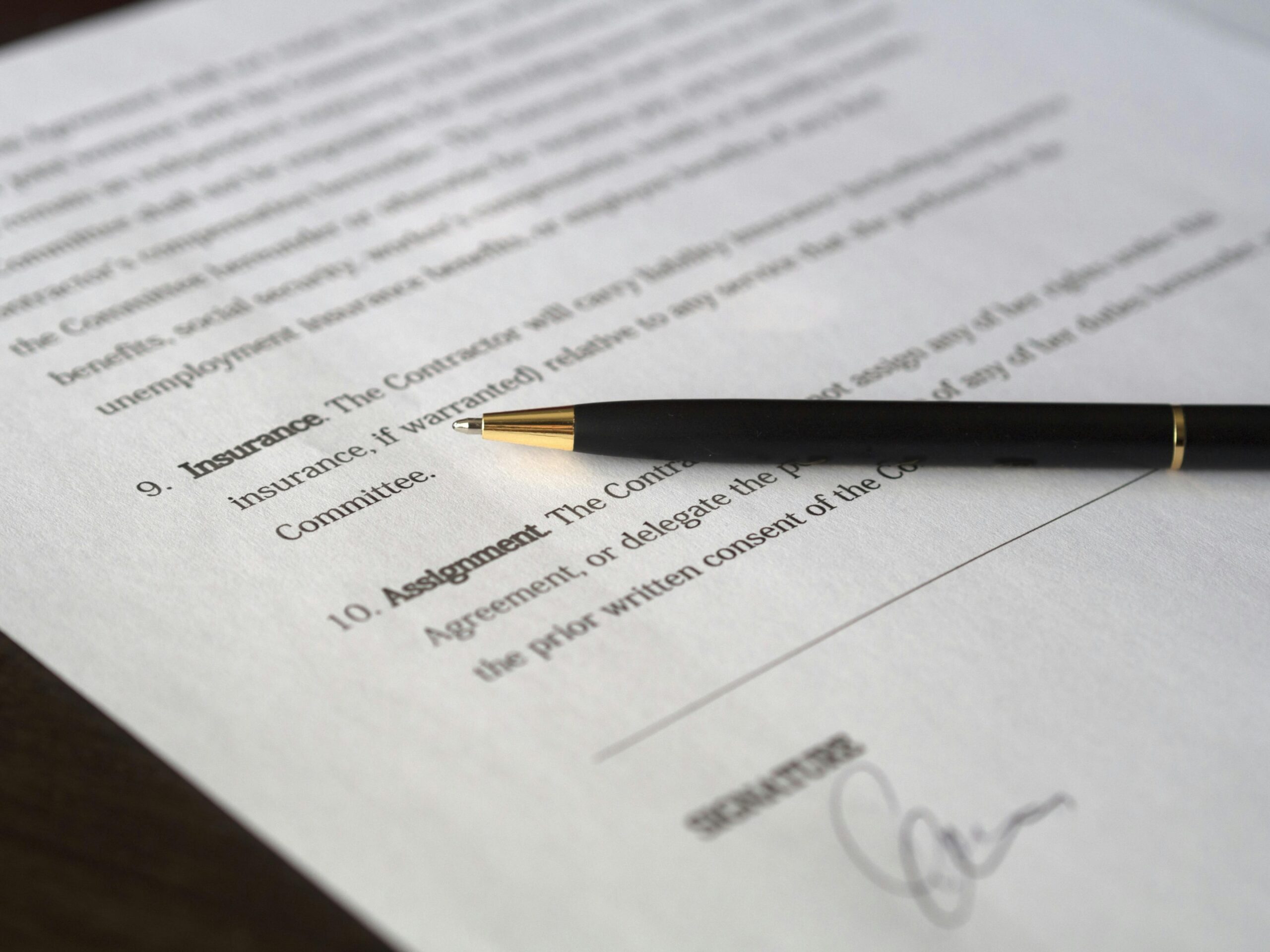
If you’re considering legal action against your employer, you’re likely wondering, “How much can you get for suing your employer?” This question is complex, as the potential compensation varies based on several factors, including the nature of the claim, the damages incurred, and the specific circumstances of your case.
Let’s break down the elements that influence the amount you might receive from an employment lawsuit, focusing on California’s legal landscape.
Understanding the Types of Employment Claims
Employment lawsuits can stem from various situations, including wrongful termination, wage and hour violations, sexual harassment, and more. Each type of claim has unique considerations and potential damages:
- Wrongful Termination: If you’ve been wrongfully terminated, you could be entitled to compensation for lost wages, lost benefits, and even emotional distress. California law protects employees from being fired for discriminatory reasons, retaliation, or without just cause.
- Wage and Hour Violations: These claims involve unpaid wages, overtime pay, minimum wage violations, and misclassification of employees. Under California employment laws, you may be entitled to recover unpaid wages, interest, and possibly penalties.
- Sexual Harassment: Victims of sexual harassment can seek damages for emotional distress, lost wages, and punitive damages. Sexual harassment claims often involve proving a hostile work environment or quid pro quo harassment.
- Discrimination: Discrimination based on race, gender, age, disability, or other protected characteristics can lead to claims for lost wages, emotional distress, and punitive damages. In some cases, you might even wish to sue your employer for nepotism.
Factors Influencing Compensation
Before you start thinking “how much can you get for suing your employer?” understand what drives these lawsuits and the compensation you get. The amount you can receive from suing your employer depends on several factors:
- Type of Damages: Employment lawsuits can result in various types of damages, including compensatory damages (e.g., lost wages, lost benefits, and emotional distress), punitive damages (intended to punish the employer), and attorney’s fees.
- Severity of the Misconduct: The more severe the employer’s misconduct, the higher the potential compensation. For instance, egregious cases of sexual harassment or blatant wage theft may result in significant punitive damages.
- Solid Evidence: Having strong, solid evidence to support your claim is crucial. Detailed records of the incidents, communications, and any witnesses can strengthen your case and potentially increase the compensation awarded.
- Legal Representation: An experienced employment attorney can make a significant difference in the outcome of your case. They can help navigate the legal process, negotiate settlements, and ensure you receive fair compensation.
Calculating Potential Compensation
Here’s a closer look at the different types of damages and how they might be calculated in an employment lawsuit:
- Lost Wages and Benefits: This includes back pay (wages lost from the time of wrongful termination to the date of the trial or settlement) and front pay (future lost wages if reinstatement is not feasible). Lost benefits, such as health insurance, retirement contributions, and other employment perks, are also considered.
- Emotional Distress: Compensation for emotional distress covers the mental suffering and emotional impact of the employer’s misconduct. This can be particularly significant in cases of harassment or discrimination.
- Punitive Damages: Punitive damages are awarded to punish the employer for particularly malicious or reckless behavior and to deter similar conduct in the future. These damages can be substantial, but they are not awarded in every case.
- Attorney’s Fees and Court Costs: In many employment lawsuits, the losing party may be required to pay the attorney’s fees and court costs of the prevailing party. This can significantly impact the total compensation received.
- Out-of-Court Settlements: Many employment disputes are resolved through out-of-court settlements, which can provide a quicker resolution and reduce litigation costs. Settlement amounts vary widely based on the specifics of the case and the willingness of both parties to negotiate.
Case Studies and Examples: Wrongful Termination
To provide a clearer picture, here are some examples of recent California employment lawsuits and their outcomes:
- Case of Wrongful Termination: An employee was wrongfully terminated for reporting safety violations. The court awarded the employee $200,000 in lost wages, $50,000 for emotional distress, and $100,000 in punitive damages, totaling $350,000.
- Wage and Hour Violation: A group of employees sued for unpaid overtime wages. They were collectively awarded $500,000 in back pay, $150,000 in interest, and $50,000 in penalties, bringing the total to $700,000.
- Sexual Harassment: An employee who faced severe sexual harassment at work received $100,000 for emotional distress and $250,000 in punitive damages, amounting to $350,000.
The Legal Process Under
Understanding the legal process is essential when pursuing an employment lawsuit. Here’s a step-by-step overview:
- Consultation with an Employment Attorney: The first step is to consult with an experienced employment attorney. Many law firms offer a free and confidential consultation to evaluate the merits of your case.
- Filing a Claim: Your attorney will help you file a claim with the appropriate government agency, such as the Equal Employment Opportunity Commission (EEOC) or the California Department of Fair Employment and Housing (DFEH).
- Investigation: The agency will investigate your claim, which may involve interviewing witnesses, reviewing documents, and possibly mediation or settlement discussions.
- Lawsuit Filing: If the claim is not resolved through the agency process, your attorney may file a lawsuit in court. This involves drafting and filing a legal document outlining your claims and the damages sought.
- Discovery Phase: Both parties will exchange information and evidence during the discovery phase. This includes depositions, document requests, and interrogatories.
- Settlement Negotiations: Many cases are settled out of court through negotiation or alternative dispute resolution methods like mediation or arbitration. For this, you need attorneys who have experience in verdicts and settlement.
- Trial: If a settlement cannot be reached, the case proceeds to trial. A judge or jury will hear the evidence and make a decision on the outcome and the amount of compensation.
Tips for a Successful Outcome
To maximize your chances of a successful outcome in an employment lawsuit, consider the following tips:
- Keep Detailed Records: Document everything related to your claim, including emails, messages, notes, and any relevant communications. Detailed records can serve as solid evidence in your case.
- Act Promptly: Employment law claims have strict deadlines, known as statutes of limitations. Acting quickly ensures you don’t miss critical filing deadlines.
- Seek Legal Representation: An experienced employment lawyer can provide invaluable guidance and representation throughout the legal process. They can help you navigate complex legal issues, negotiate settlements, and advocate for your rights.
- Understand Your Rights: Familiarize yourself with your rights under California employment laws. Knowing your rights can empower you to take appropriate legal action when necessary.
How an Attorney Can Help You in Your Employment Lawsuit
In dealing with the complexities of suing your employer, an experienced employment attorney plays a crucial role in ensuring your rights are protected and maximizing your chances of a favorable outcome. Here’s how an attorney can help you throughout the process:
- Initial Evaluation and Advice: An employment attorney evaluates the merits of your case, explains your rights under California employment laws, and discusses potential outcomes to help you make informed decisions about pursuing legal action.
- Strategic Planning and Case Preparation: Your attorney develops a tailored legal strategy, gathers crucial evidence such as documents and witness statements, and engages in discovery procedures to strengthen your case before negotiation or litigation.
- Negotiation and Settlement: Through skilled negotiation, your attorney advocates for a fair settlement that compensates you for damages like lost wages and emotional distress, advising you on whether to accept offers based on the case’s strengths and risks.
- Representation in Administrative Proceedings: If filing with agencies like the EEOC or DFEH is necessary, your attorney handles administrative filings, guides you through investigations, and presents evidence to support your claims effectively.
- Litigation and Trial Advocacy: In cases where negotiation fails, your attorney files a lawsuit, navigates pre-trial procedures like discovery and motions, and represents your interests in court to seek a favorable verdict and appropriate damages.
- Post-Trial and Enforcement: After securing a judgment or settlement, your attorney ensures compliance with court orders or settlement terms, oversees enforcement actions, and addresses any appeals to protect your legal rights and compensation.

Get an Experienced Employment Attorney with BLG
Suing your employer can be a daunting prospect, but understanding the potential compensation and the legal process can help you make informed decisions. The amount you can get for suing your employer depends on various factors, including:
- The type of claim
- The severity of the misconduct
- Strength of your evidence.
Working an employment attorney lets victims understand employment law and seek the compensation they deserve.
If you believe you have a valid claim against your employer, don’t hesitate to seek legal advice. Contact BLG for expert guidance and representation.
Our experienced employment attorneys are here to help you understand your rights, pursue fair compensation, and navigate the legal process with confidence.
Contact us today for a free consultation.
FAQs
Can I sue my employer for a toxic work environment?
Yes, you can sue your employer if the toxic work environment is based on discrimination or harassment that violates employment laws. It is essential to document incidents and report them to HR before pursuing legal action.
What are the chances of winning a discrimination case?
The chances of winning a discrimination case depend on the strength of your evidence, the specific circumstances, and the legal representation. Success rates vary, but having clear documentation and witnesses can improve your chances.
However, having the right attorney through the process can greatly help.
Is a discrimination lawsuit worth it?
Whether a discrimination lawsuit is worth it depends on the severity of the discrimination, the impact on your life, and your potential to win and receive compensation.
Lawsuits can be lengthy and stressful, so consider the emotional and financial costs. These factors may also determine how long a discrimination lawsuit settlement takes.
What is the maximum damages for EEOC?
The maximum damages for cases filed with the Equal Employment Opportunity Commission (EEOC) vary based on the size of the employer and include both compensatory and punitive damages.
As of now, the limits range from $50,000 to $300,000. However, the exact compensation for your case may vary.




